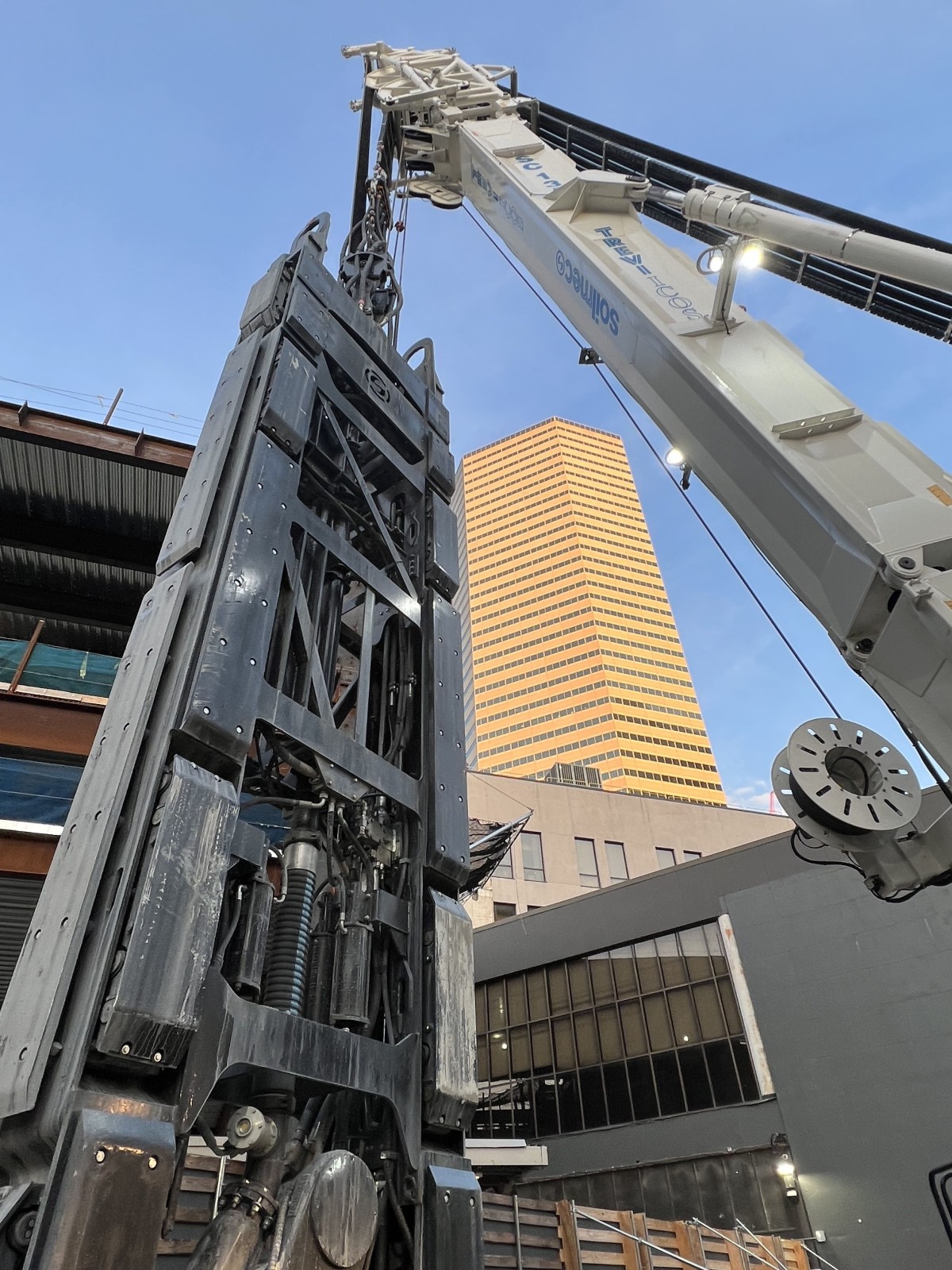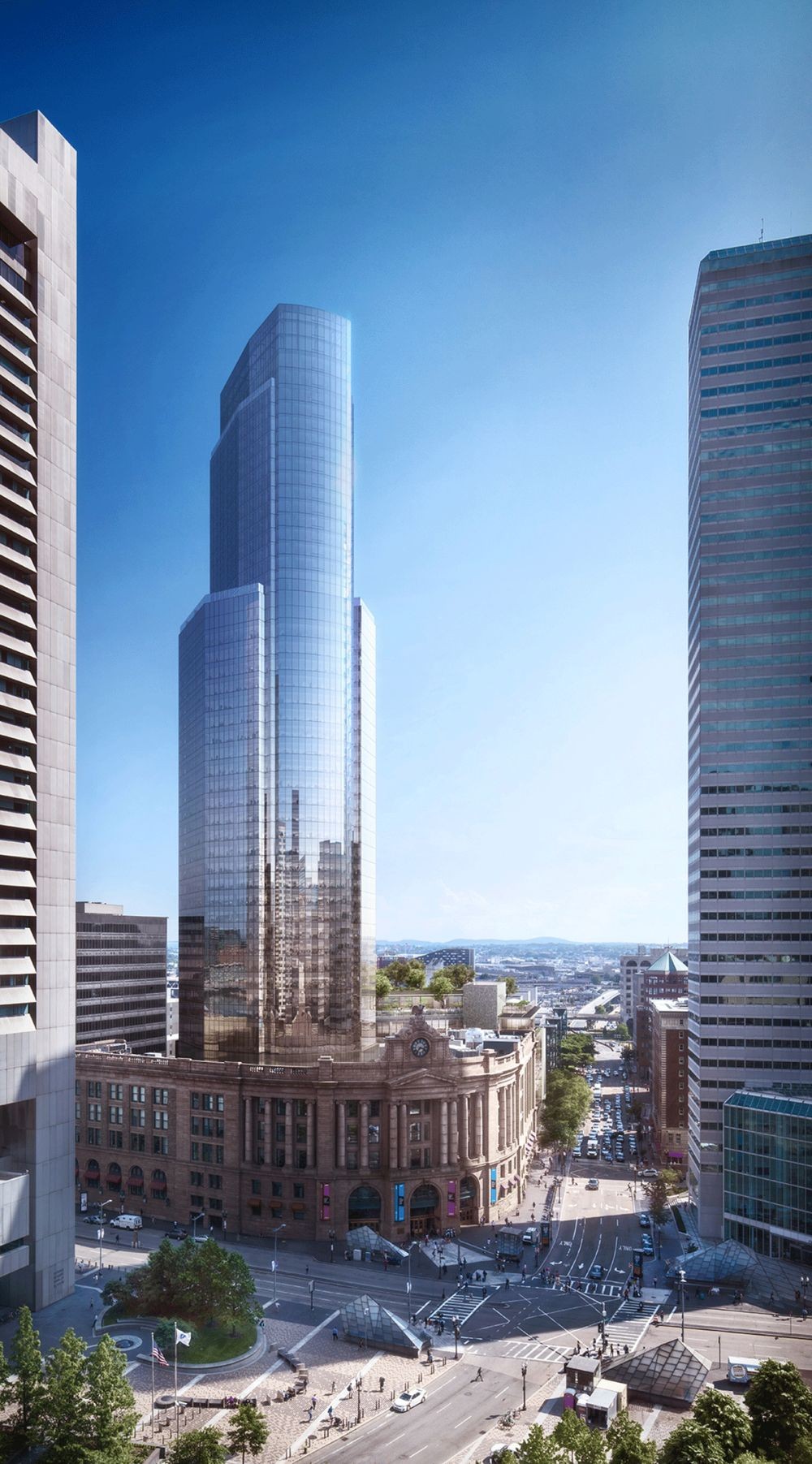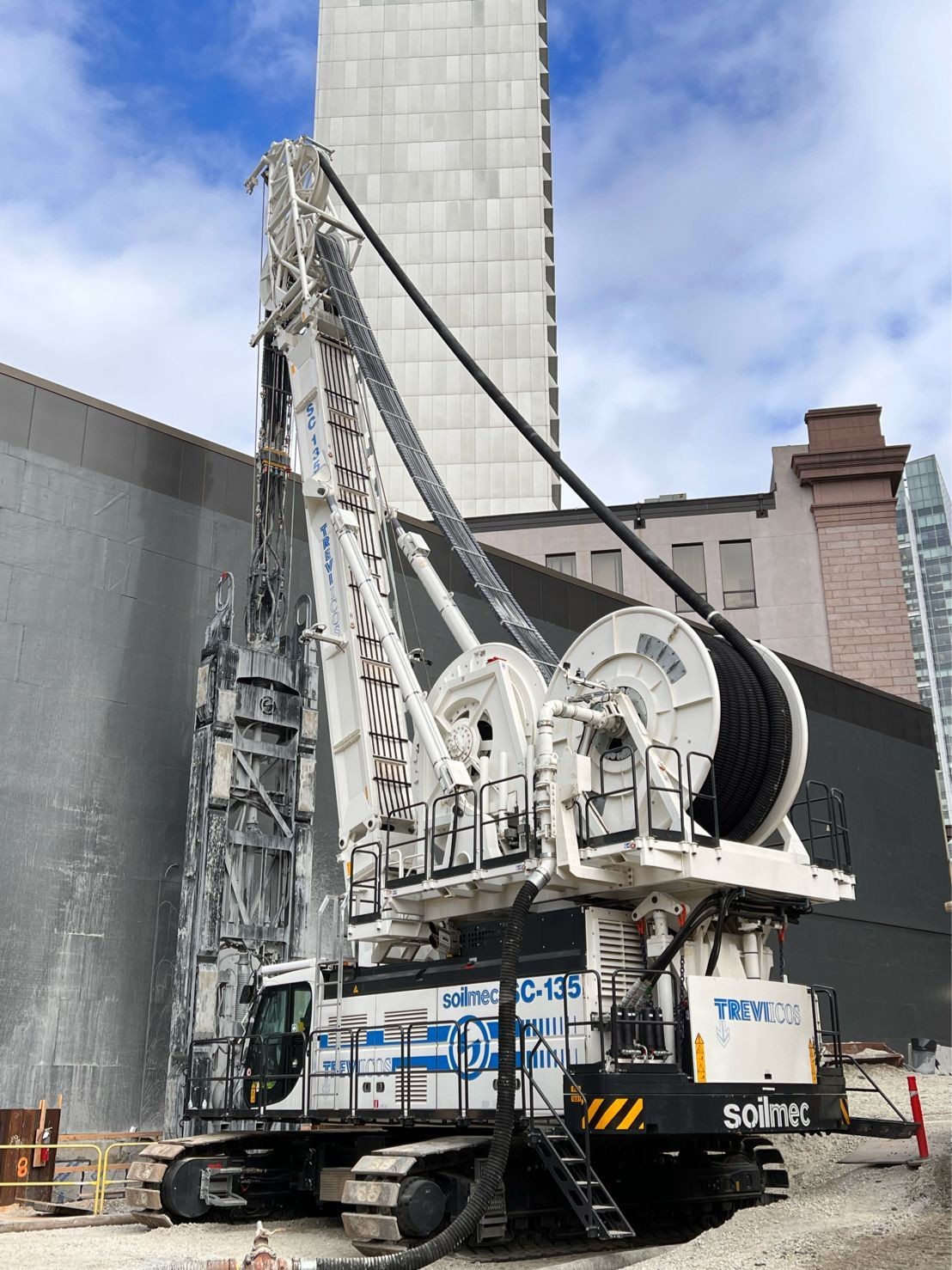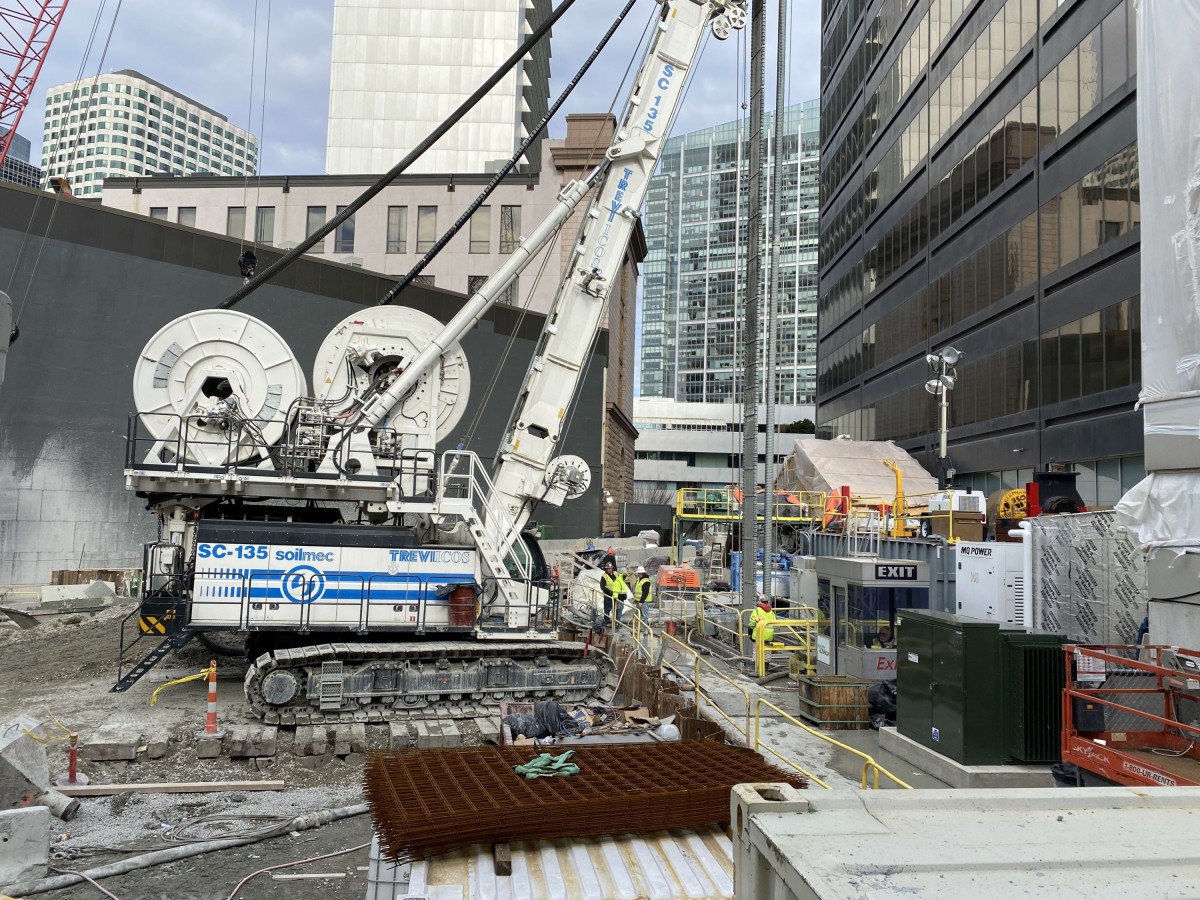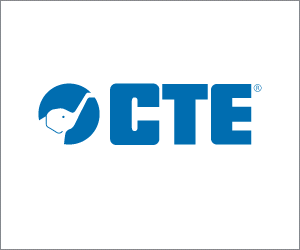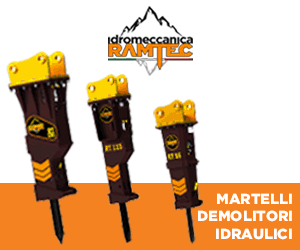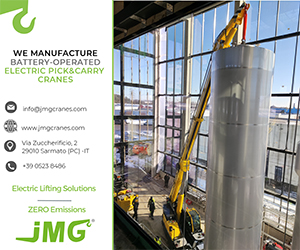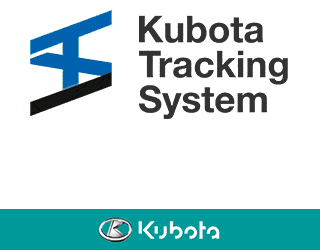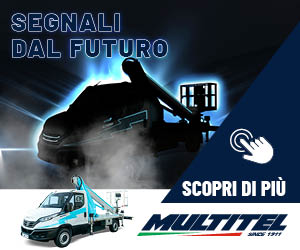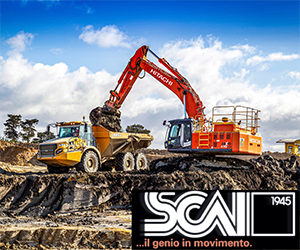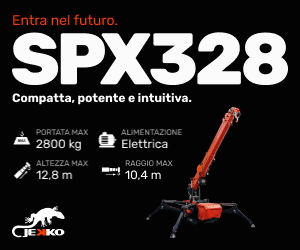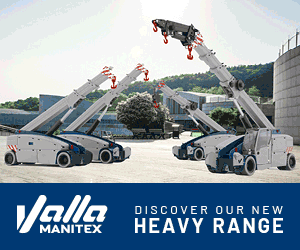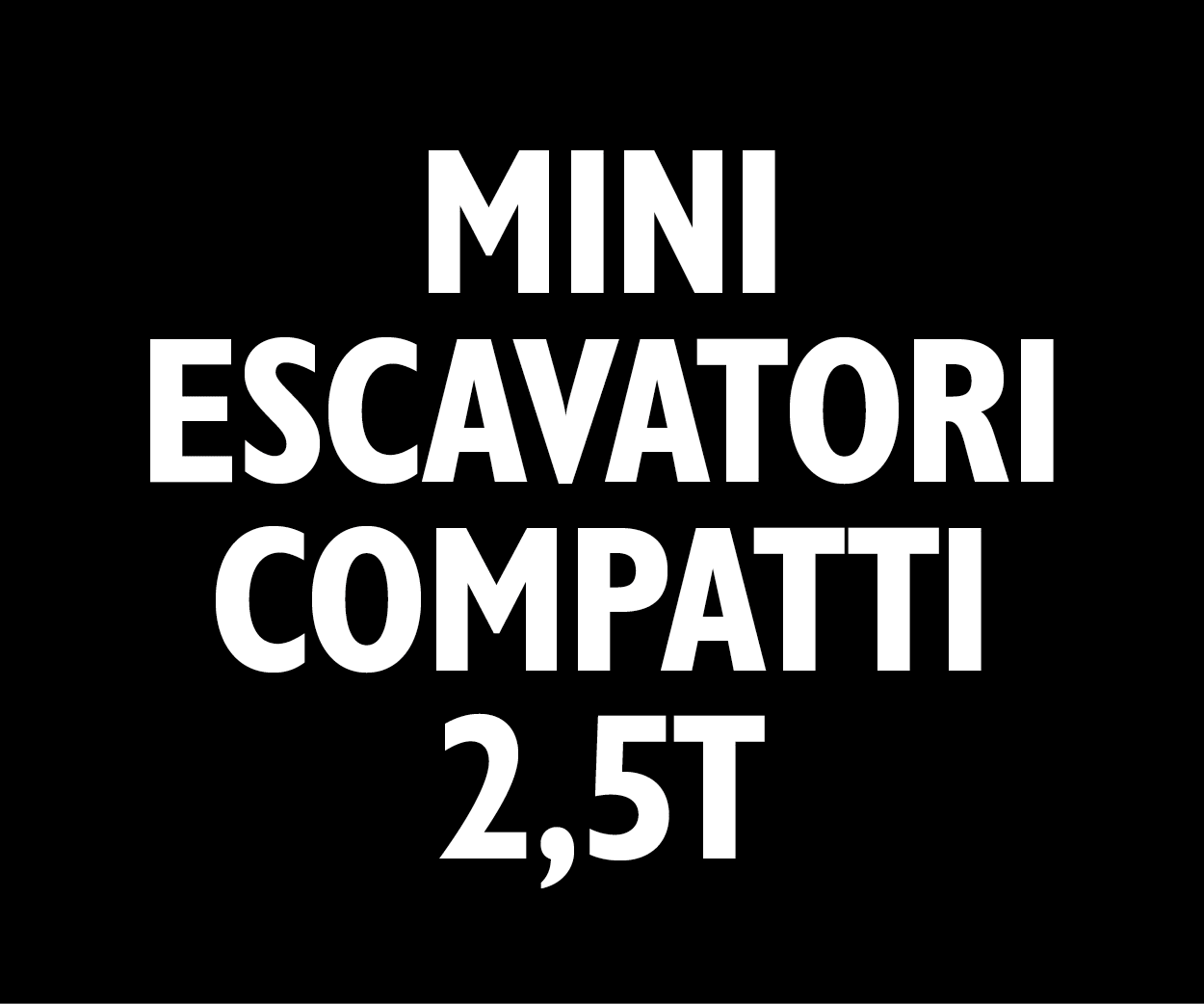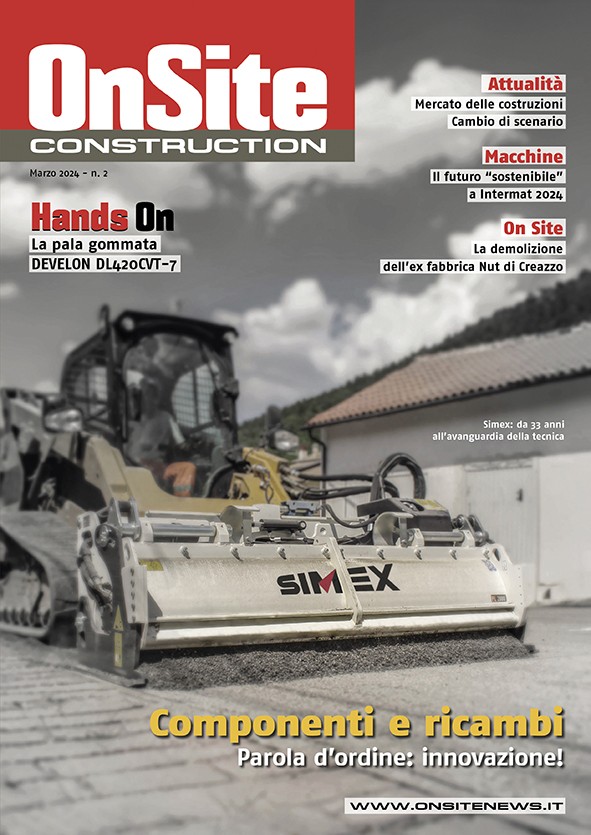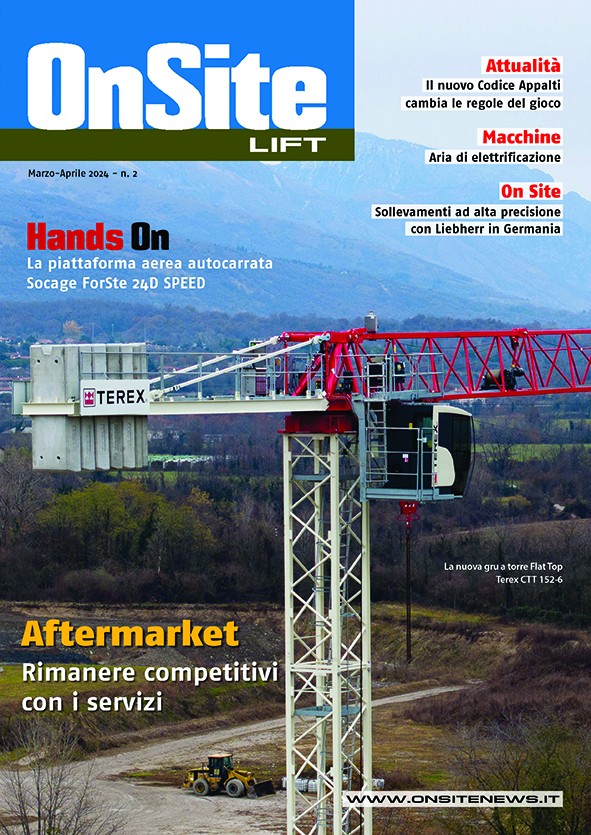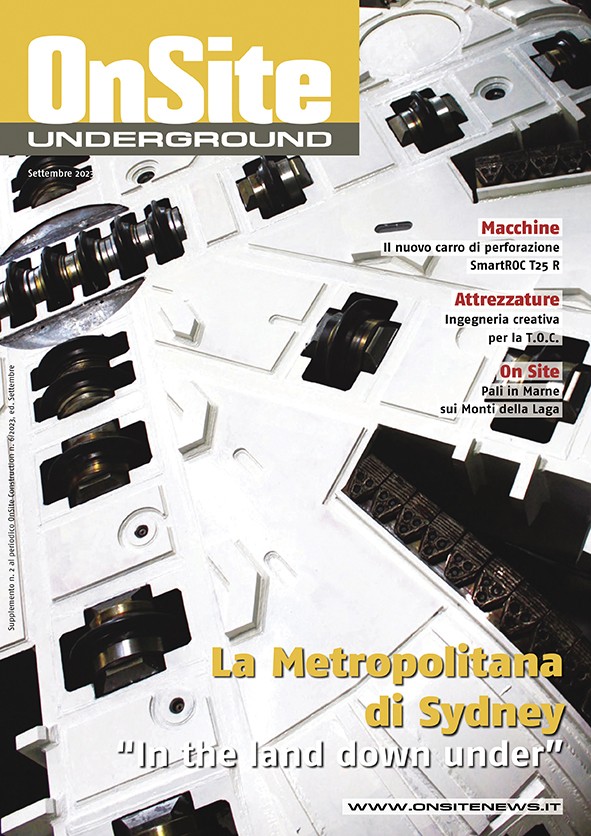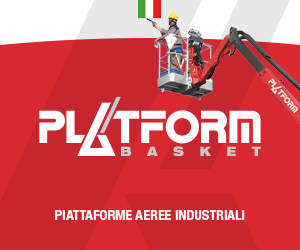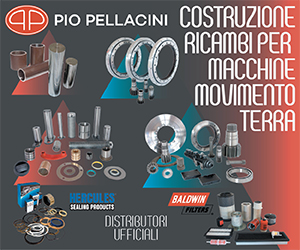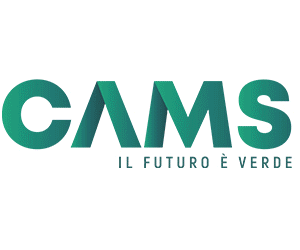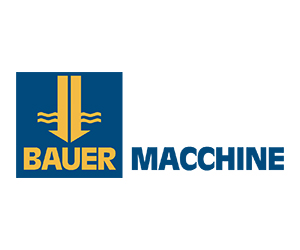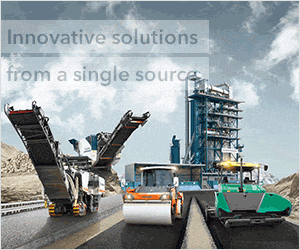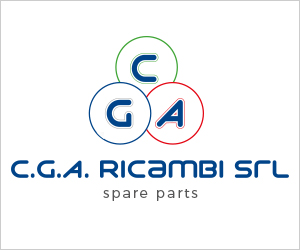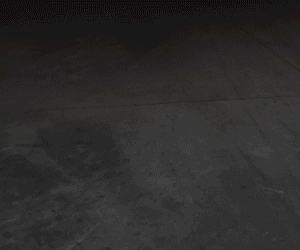Home \ International \ TREVIICOS has involved in the South Station Tower project in Boston
TREVIICOS has involved in the South Station Tower project in Boston
05/05/2022
Pubblicato da Ettore Zanatta
Between September 2021 and February 2022 TREVIICOS, american branch of the Trevi Group, has been involved in the South Station Tower project in Boston.
This project is part of the South Station Air Rights Project, which includes other upgrades and improvements of the historic South Station Transportation Center and includes new foundation elements for a new 51-story mixed use tower (offices and residential).
Load Bearing Elements (LBE’s) were selected as the most appropriate foundation system for the new tower based on load support, constructability considerations and economics. The new tower will be supported on eight (8) super columns which in turn will be supported by a continuous array of LBE’s of 3 ft (0.91 m) thick and over 120 ft deep into bedrock. TREVIICOS’ scope of work included construction of 46 Load Bearing Elements of 3 ft (0.91 m) thick which will serve as the main foundation for a new 51-story mixed use tower built atop Boston’s historic South Station.
Subsurface conditions consisted of Fill, Organic Deposits, Marine Deposits, Glacial Deposits (Glacial Till, Glaciomarine, Glaciofluvial) and Bedrock. Bedrock was classified as Cambridge Argillite with average and maximum compressive strengths of 4,034 psi and 5,485 psi respectively. The LBE’s were constructed with combination of mechanical clamshell grab and Soilmec Hydromill SC-135 cutter. The clamshell grab was typically used to excavate the overburden soils down to top of Bedrock and the Hydromill cutter was used to excavate the Bedrock down to the design LBE tip elevation.
Polymer slurry was successfully used for support of LBE trench excavations and was found to provide good trench stability throughout the LBE installation process from excavation to tremie concrete placement. All polymer slurry was processed through on-site desanding plant to remove soil and rock cuttings along with a centrifuge for additional solids separation.
The LBE’s had an average concrete depth exceeding 120 ft and were socketed into Bedrock up to 104 ft. Total area of reinforced concreted LBE’s is approximately 48,000 SF, which includes a total volume of tremie concrete placed of 5,800 CY and 350 tons of reinforcing steel. In addition, 12 of the 46 LBE’s included pairs of W14 structural columns for connections to the tower base foundation above ground. An additional 3 LBE’s, were constructed for two tower crane foundations. All reinforcing steel and structural columns were assembled at an off-site staging yard and delivered to site according to the installation schedule.
The project included strict quality control procedures, including the first time use in the Boston area of Cross Hole Logging (CSL) to evaluate concrete quality and verify no anomalies exist that could affect the load carrying capacity of LBE’s. All CSL testing was performed by third party geotechnical engineering services firm and all testing results met the specifications requirements. Why is the scheme exciting/challenging/innovative? Very tight site working conditions between historic South Station head house and active passenger platforms for Amtrak and MBTA commuter rail lines; bedrock excavation with Hydromill up to 104 ft embedment; installation of LBE’s through operating personnel service tunnel; installation of W14 structural columns within LBE reinforcing steel cage; cross-hole sonic logging performed on LBE’s to evaluate concrete quality and verify that no anomalies exist that could affect the load carrying capacity of LB.
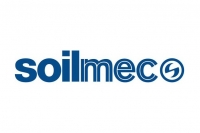
Ultime notizie di Soilmec
Perforation
16/05/2022
Soilmec designs hydromills for profitability
With the SC-135 Tiger Soilmec sets the standard for excellen...
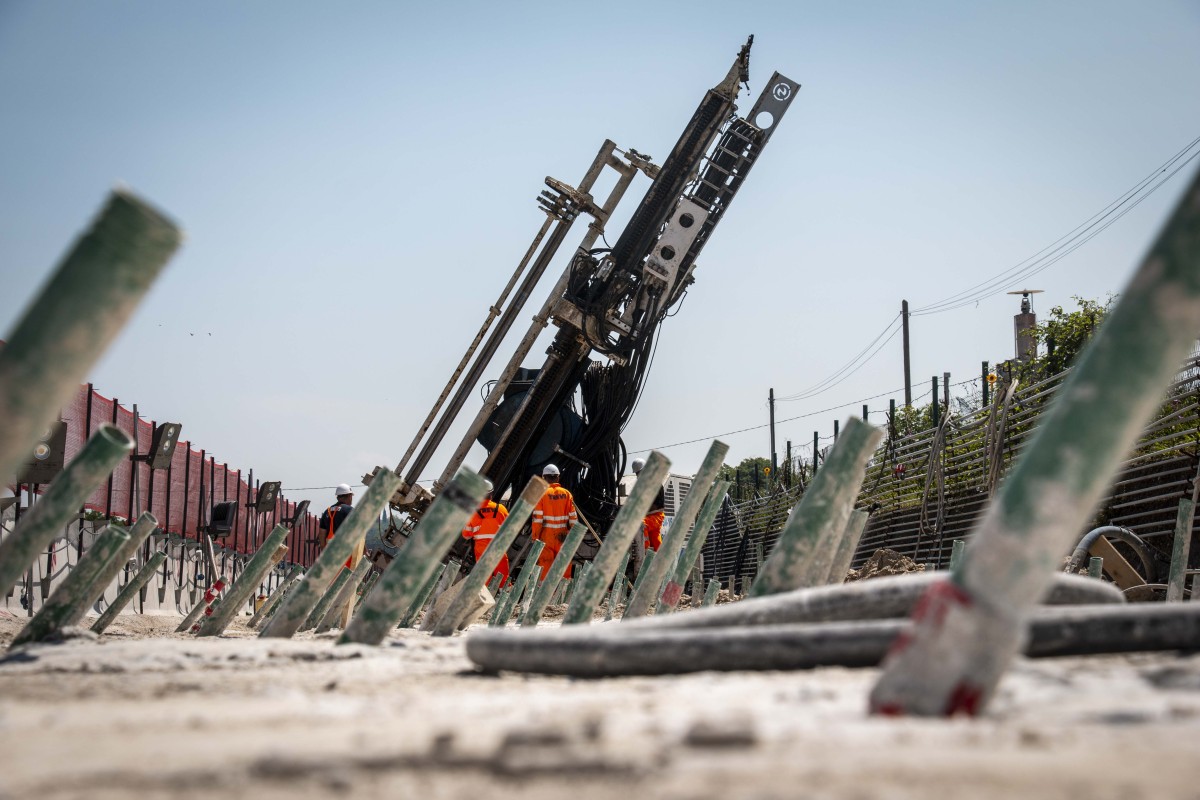
Perforation
08/03/2022
Trevi Group ready for an important soil consolidation project in Italy
Trevi Group is currently firming up soil at a location south...
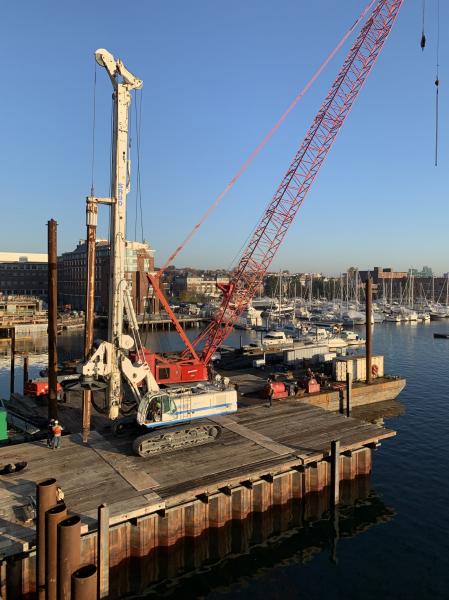
08/03/2021
The "North Washington Street Bridge" project
TREVIICOS is progressing its work for the construction of th...
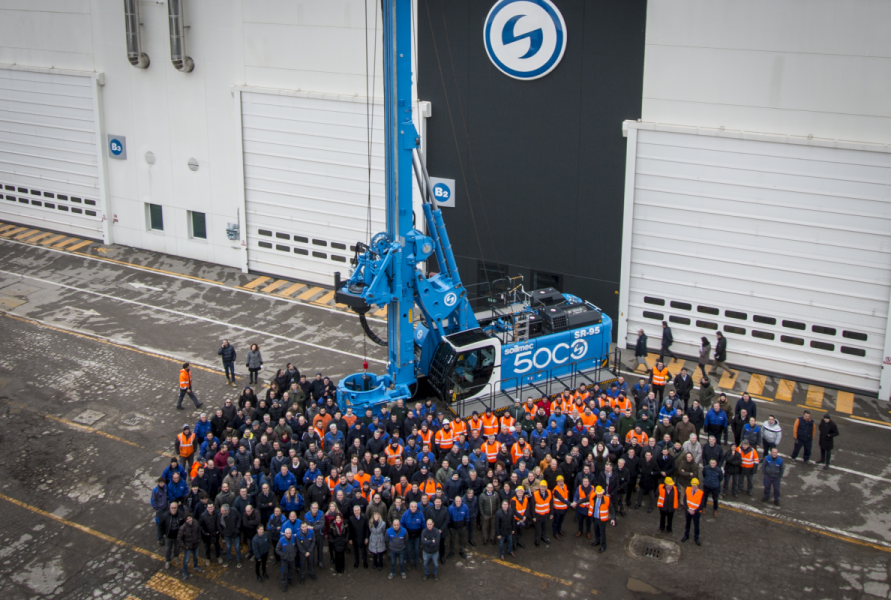
22/01/2020
Soilmec sells the entire majority share of the American Company Watson Inc. to the minority shareholder
Soilmec, which operates on the American market both through...
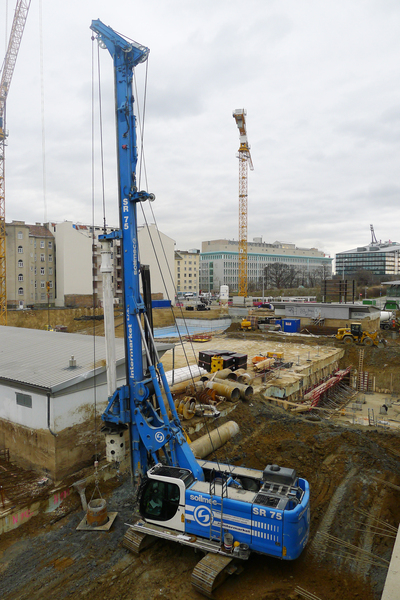
Perforation
24/05/2018
Soilmec moves to Stage V with Volvo Penta
Italian ground engineering manufacturer, Soilmec, is to inst...
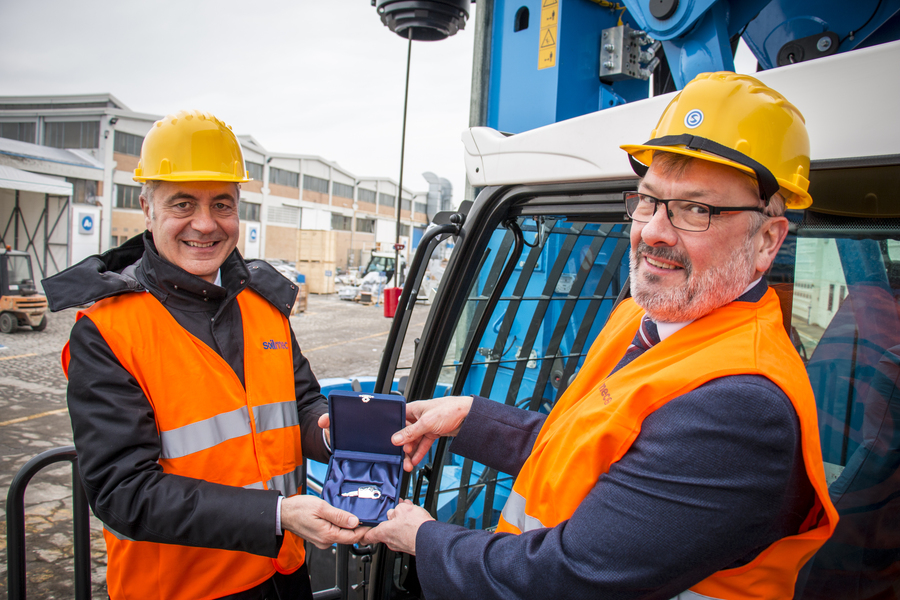
26/02/2018
Soilmec: the production of 5,000th large diameter piles (LDP) machine
Soilmec: the production of our 5,000th large diameter piles...
Altri International

International
16/04/2024
Used Equipment Marketplace: New portal for Liebherr used machines
– Digital marketplace with an extensive portfolio of used ma...
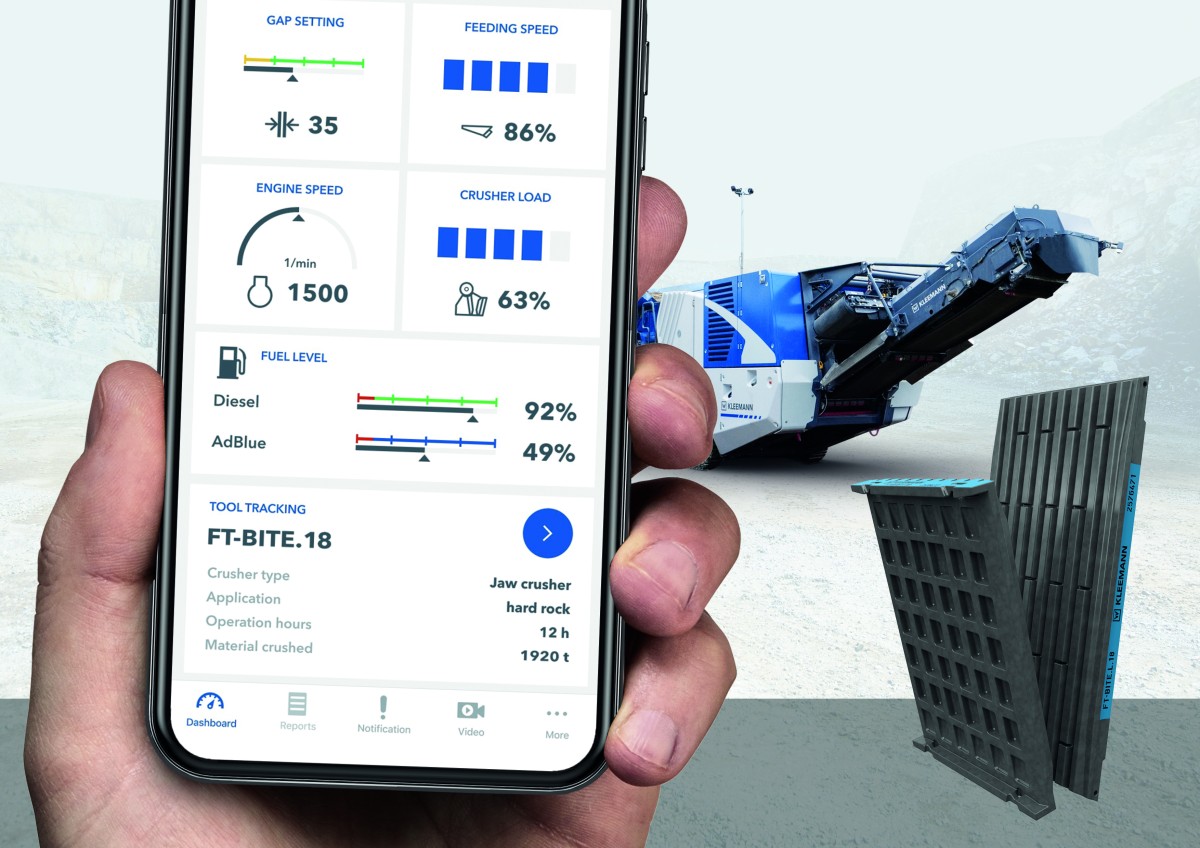
International
16/04/2024
Kleemann's SPECTIVE CONNECT: now new with Tool Management
The intuitive SPECTIVE operating concept makes a significant...
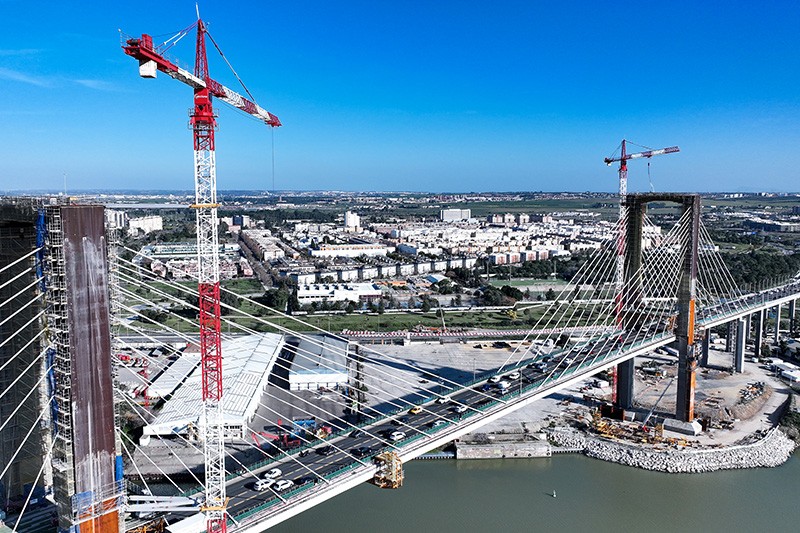
International
15/04/2024
Liebherr tower cranes renovate bridge in Spain
Two Liebherr 420 EC-H 16 Litronic cranes are secured to the...
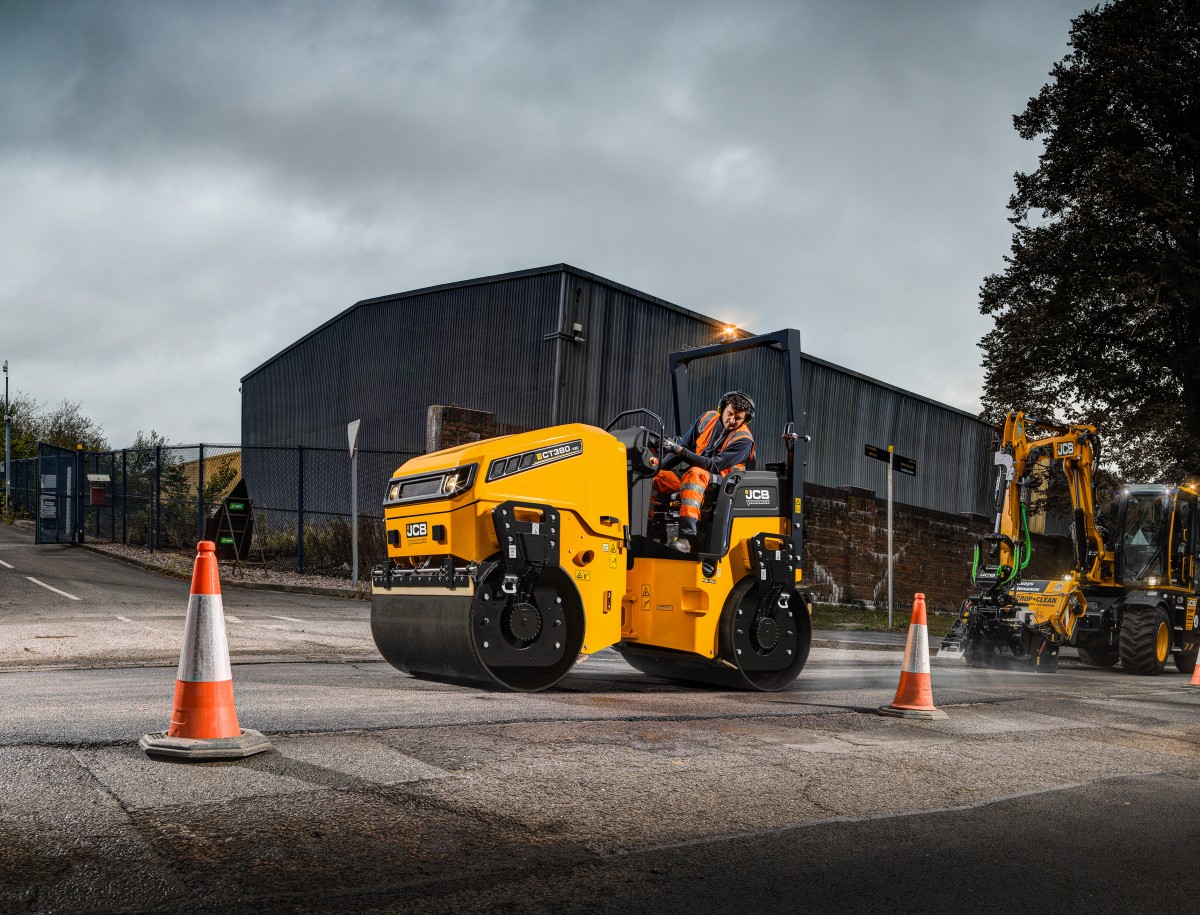
International
15/04/2024
JCB completes ride-on tandem roller range with CT380/430
Global equipment manufacturer JCB has added the CT380-130 an...
International
12/04/2024
Manitowoc launches two new Potain luffing jib cranes
• Manitowoc is introducing two new luffing jib crane models,...
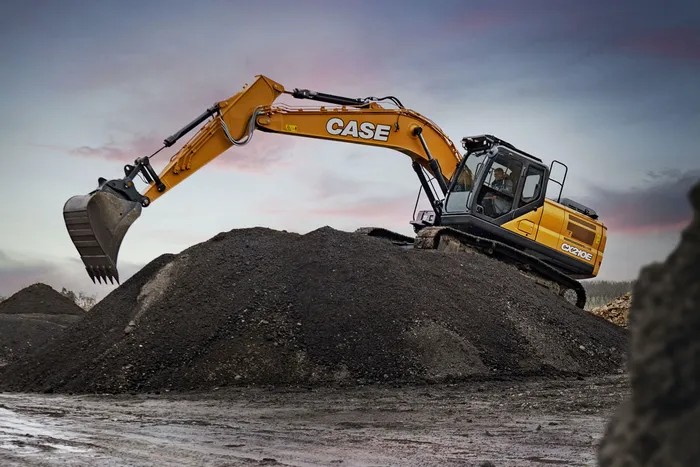
International
12/04/2024
CASE to show wheel loader and crawler excavator additions at Hillhead 2024
CASE to show wheel loader and crawler excavator additions at...













